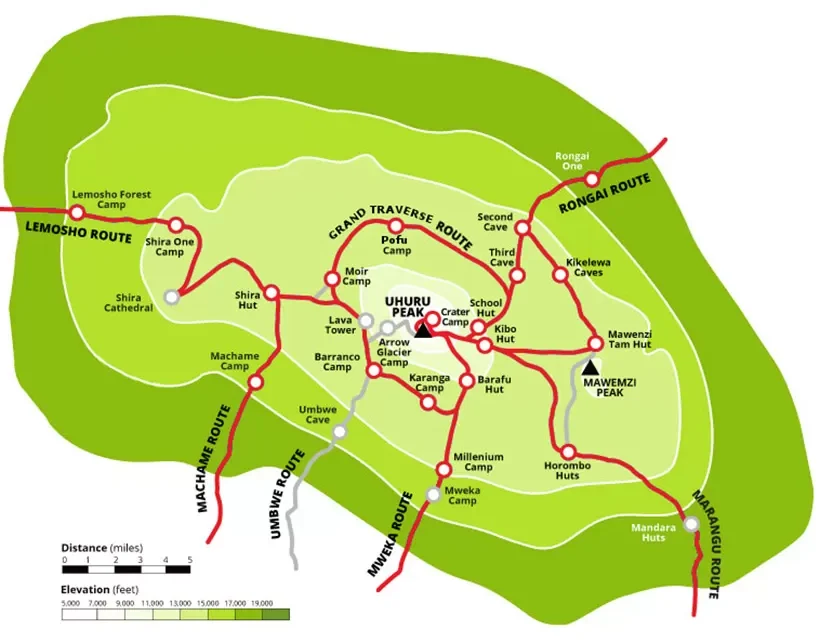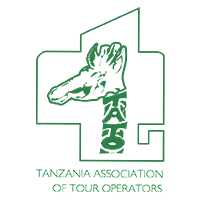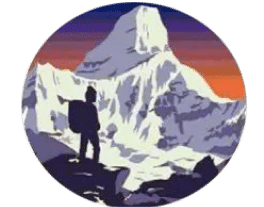Direct Booking?

Direct Booking?
Karibu! The Machame Route, also known as the Whisky Route, is our absolute favourite route for climbing Kilimanjaro. We still regularly think of highlights like the Shira Plateau, the Lava Tower, the Barranco Wall, and Barafu Camp.
All the action at the park gate, the little cheeky monkeys in the forest, the early excitement at Machame Camp, the altitude that’s kicking in, and of course Uhuru Peak vibes. I wish we could go back. And we sometimes do, when we watch the below video with the team, with Team Kili. Let’s go!

From gate to gate the Machame Route is 58.5 kilometres / 36 miles long. In comparison to some other routes like the Northern Circuit and the Lemosho Route, it is a route of average distance. Although there is a lot of discussion about the accuracy of success rates, it can be safely stated that the Machame Route is one of the routes with the best chances of summiting. The hard numbers:
The Machame Route doesn’t only hold a special place with us. We are not alone because the Machame Route is one of the most frequented climbing routes on Kilimanjaro, with about 35% of all climbers using this route. Often referred to as the “Whiskey Route,” in contrast to the “easier” “Coca-Cola Route” (Marangu), it offers a unique blend of features that contribute to its distinct allure. The Machame Route is a 6- or 7-day camping route and allows for adequate acclimatisation and beautiful scenery.
Scenic but also difficult. The Machame Route is considered steep and challenging, especially in the rainforest sections. Although it is not essential, it can help if you have some previous experience in for example the Alps or at least on higher altitudes. Some of the highlights on the Machame Route include Shira Camp, the Lava Tower, the Barranco Wall and Karanga Camp. When we climbed Kilimanjaro with our team, we were thrown away by the beauty of this route. This doesn’t mean that the Machame Route is necessarily more beautiful than others. Some highlights like the Lava Tower and the Barranco Walles are also an inherent part of the Lemosho Route, another stunning route.
The difficulty of Kilimanjaro climbing routes is hard to gauge and even harder to explain. There are different ways to get up Kilimanjaro and the one route is more technical than the other. However, the difficulty should not be measured in technical aspects but in terms of acclimatization.
Yes, the Machame Route has some technical sections like the Barranco Wall, but it also makes it the better option when it comes to climbing high and sleeping low. Acclimatization is the deciding factor when it boils down to whether or not you will be able to summit Kilimanjaro.
In that regard, the Machame Route is an easier option than for example the Marangu Route. If you choose the Machame Route, you actually have a very fair chance of succeeding.
There are no seasonal restrictions on Kilimanjaro. The mountain is open to trekking and climbing expeditions all year round. Having said that, there are certain months which a more suitable than others. The rainy season lasts from April to May and November to December.
The dry season includes January to March and June to October. As such, the Machame Route is a route which is best enjoyed during the dry season. The dry season is also the busy season. If you are looking for a quieter time to climbing Kilimanjaro, you can actually consider taking the Machame Route during the rainy season.
Trekking in the Kilimanjaro requires decent gear. Especially the basics like an 80-90 L backpack and quality trekking socks. We highly recommend that you read our suggestted packing list to hike the Machame Route.




Tailor Made your Trekking

2024/2025 >> Click Here

